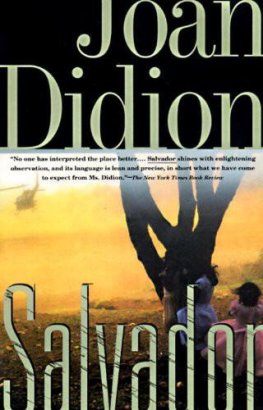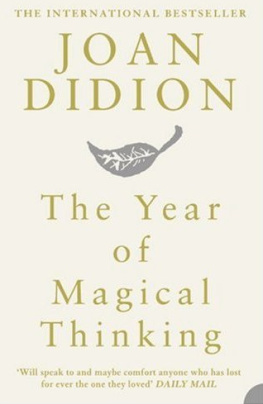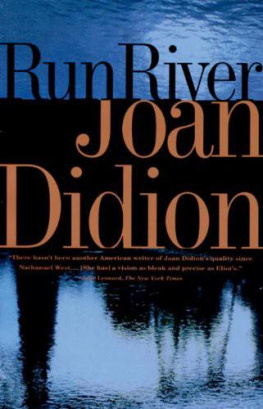This book is for
Robert Silvers
and for
Christopher Dickey
All Europe contributed to the making of Kurtz; and by-and-by I learned that, most appropriately, the International Society for the Suppression of Savage Customs had intrusted him with the making of a report, for its future guidance. And he had written it, too. Ive seen it. Ive read it. It was eloquent, vibrating with eloquence. By the simple exercise of our will we can exert a power for good practically unbounded, etc. etc. From that point he soared and took me with him. The peroration was magnificent, although difficult to remember, you know. It gave me the notion of an exotic Immensity ruled by an august Benevolence. It made me tingle with enthusiasm. This was the unbounded power of eloquence of words of burning noble words. There were no practical hints to interrupt the magic current of phrases, unless a kind of note at the foot of the last page, scrawled evidently much later, in an unsteady hand, may be regarded as the exposition of a method. It was very simple, and at the end of that moving appeal to every altruistic sentiment it blazed at you, luminous and terrifying, like a flash of lightning in a serene sky: Exterminate all the brutes!
Joseph Conrad, Heart of Darkness
I am indebted for general background particularly to Thomas P. Andersons Matanza: El Salvadors Communist Revolt of 1932 (University of Nebraska Press: Lincoln, 1971) and The War of the Dispossessed: Honduras and El Salvador, 1969 (University of Nebraska Press: Lincoln, 1981); to David Brownings El Salvador: Landscape and Society (Clarendon Press: Oxford, 1971); and to the officers and staff of the United States embassy in San Salvador. I am indebted most of all to my husband, John Gregory Dunne, who was with me in El Salvador and whose notes on, memories about, and interpretations of events there enlarged and informed my own perception of the place.
THE three-year-old El Salvador International Airport is glassy and white and splendidly isolated, conceived during the waning of the Molina National Transformation as convenient less to the capital (San Salvador is forty miles away, until recently a drive of several hours) than to a central hallucination of the Molina and Romero regimes, the projected beach resorts, the Hyatt, the Pacific Paradise, tennis, golf, water-skiing, condos, Costa del Sol; the visionary invention of a tourist industry in yet another republic where the leading natural cause of death is gastrointestinal infection. In the general absence of tourists these hotels have since been abandoned, ghost resorts on the empty Pacific beaches, and to land at this airport built to service them is to plunge directly into a state in which no ground is solid, no depth of field reliable, no perception so definite that it might not dissolve into its reverse.
The only logic is that of acquiescence. Immigration is negotiated in a thicket of automatic weapons, but by whose authority the weapons are brandished (Army or National Guard or National Police or Customs Police or Treasury Police or one of a continuing proliferation of other shadowy and overlapping forces) is a blurred point. Eye contact is avoided. Documents are scrutinized upside down. Once clear of the airport, on the new highway that slices through green hills rendered phosphorescent by the cloud cover of the tropical rainy season, one sees mainly underfed cattle and mongrel dogs and armored vehicles, vans and trucks and Cherokee Chiefs fitted with reinforced steel and bulletproof Plexiglas an inch thick. Such vehicles are a fixed feature of local life, and are popularly associated with disappearance and death. There was the Cherokee Chief seen following the Dutch television crew killed in Chalatenango province in March of 1982. There was the red Toyota three-quarter-ton pickup sighted near the van driven by the four American Catholic workers on the night they were killed in 1980. There were, in the late spring and summer of 1982, the three Toyota panel trucks, one yellow, one blue, and one green, none bearing plates, reported present at each of the mass detentions (a detention is another fixed feature of local life, and often precedes a disappearance) in the Amatepec district of San Salvador. These are the details the models and colors of armored vehicles, the makes and calibers of weapons, the particular methods of dismemberment and decapitation used in particular instances on which the visitor to Salvador learns immediately to concentrate, to the exclusion of past or future concerns, as in a prolonged amnesiac fugue.
Terror is the given of the place. Black-and-white police cars cruise in pairs, each with the barrel of a rifle extruding from an open window. Roadblocks materialize at random, soldiers fanning out from trucks and taking positions, fingers always on triggers, safeties clicking on and off. Aim is taken as if to pass the time. Every morning El Diario de Hoy and La Prensa Grfica carry cautionary stories. Una madre y sus dos hijos fueron asesinados con arma cortante (corvo) por ocho sujetos desconocidos el lunes en la noche: A mother and her two sons hacked to death in their beds by eight desconocidos, unknown men. The same mornings paper: the unidentified body of a young man, strangled, found on the shoulder of a road. Same morning, different story: the unidentified bodies of three young men, found on another road, their faces partially destroyed by bayonets, one faced carved to represent a cross.
It is largely from these reports in the newspapers that the United States embassy compiles its body counts, which are transmitted to Washington in a weekly dispatch referred to by embassy people as the grim-gram. These counts are presented in a kind of tortured code that fails to obscure what is taken for granted in El Salvador, that government forces do most of the killing. In a January 15 1982 memo to Washington, for example, the embassy issued a guarded breakdown on its count of 6,909 reported political murders between September 16 1980 and September 15 1981. Of these 6,909, according to the memo, 922 were believed committed by security forces, 952 believed committed by leftist terrorists, 136 believed committed by rightist terrorists, and 4,889 committed by unknown assailants, the famous desconocidos favored by those San Salvador newspapers still publishing. (The figures actually add up not to 6,909 but to 6,899, leaving ten in a kind of official limbo.) The memo continued:
The uncertainty involved here can be seen in the fact that responsibility cannot be fixed in the majority of cases. We note, however, that it is generally believed in El Salvador that a large number of the unexplained killings are carried out by the security forces, officially or unofficially. The Embassy is aware of dramatic claims that have been made by one interest group or another in which the security forces figure as the primary agents of murder here. El Salvadors tangled web of attack and vengeance, traditional criminal violence and political mayhem make this an impossible charge to sustain. In saying this, however, we make no attempt to lighten the responsibility for the deaths of many hundreds, and perhaps thousands, which can be attributed to the security forces.
The body count kept by what is generally referred to in San Salvador as the Human Rights Commission is higher than the embassys, and documented periodically by a photographer who goes out looking for bodies. These bodies he photographs are often broken into unnatural positions, and the faces to which the bodies are attached (when they are attached) are equally unnatural, sometimes unrecognizable as human faces, obliterated by acid or beaten to a mash of misplaced ears and teeth or slashed ear to ear and invaded by insects.















